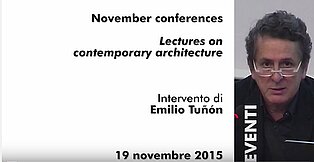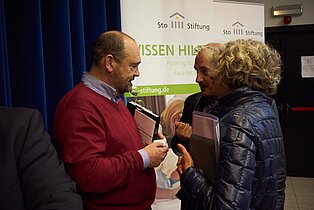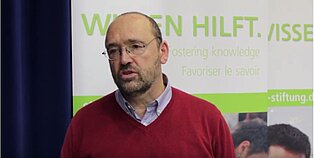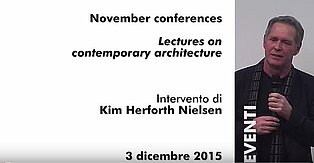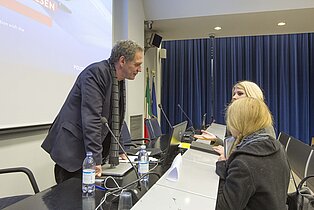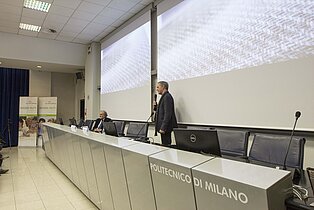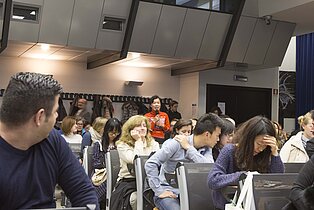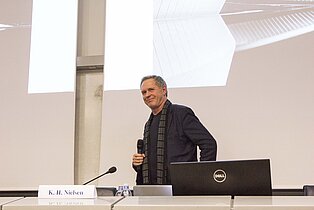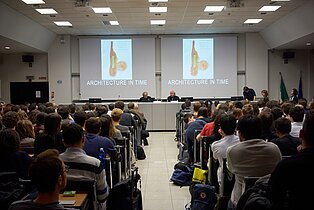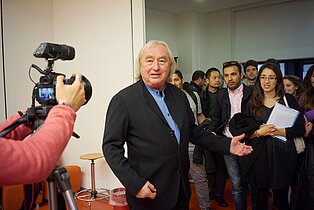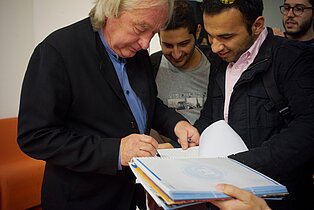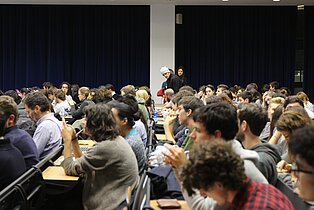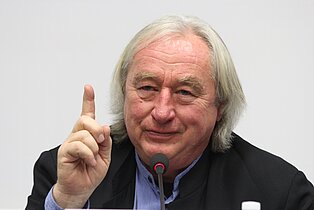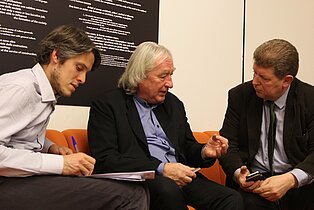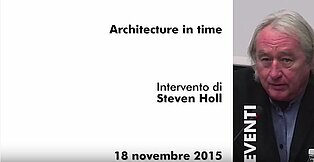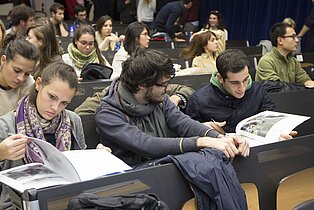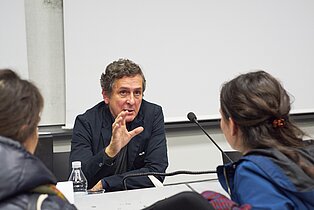Architecture in time | Steven Holl
This year’s November Conferences started with Steven Holl, an American architect who is intensively involved in projects all around the globe.
Holl uses “colour, light and time” to shape architectural spaces. Functional organisation and aesthetic integration pursue the idea of unique elements that are modelled by daylight and defined by textures and colours.
There are four variables of architecture. While the first three relate to the space, Holl is more fascinated by the fourth dimension: time. In his lecture, “Architecture in Time”, each design recounted one of the nine times envisioned to describe architectures capable of “sense-provoking qualities” rather than being mere architectural objects.
The Sliced Porosity Block (2007/2012) in Chengou explores porosity, urbanism and landscape through the definition of forms, shades and shadows performed by light effects. The whole design has been optimised by diurnal time, allowing each space to be lit by natural light for at least two hours per day. Thanks to physical properties of light, reflected and refracted by materials, the faceted blocks has been brought to life. The large public space is formed by three valleys inspired by a poem of Du Fu (713-770) that enlighten the deep comprehension of culture and history at the base of the project.
The Concept of “Seasonal time” has been applied for the Knut Hamsun Centre (1994-2009) in Norway, where the lighting system surprises visitors with its peculiar characteristics of total illuminance during summer and complete darkness during winter, which is characteristic for the subarctic zone. While there is no light at all from November to February, natural light never turns off during summertime. Based on this concept, the museum has been defined as a “battleground of invisible forces” enacted by light bounces. Surprising reflections provide an indoor lit environment, with an exterior tarred black wood skin and an indoor shaped by light. Referred to the same building, the duration of conception, design and construction assumes an important aspect to be considered. The Visual Art Building in Iowa (2010) conceives over 50 different prototypes before achieving the final one.
Steven Holl is particularly aware of contexts permeated by particular historic and cultural importance. The cyclical idea of time as a way to be better by adjusting what has been done before or by increasing knowledge with new technologies and materials led to the Nelson Atkins Museum of Art (2007) in Kansas, where the heaviness of the stone underlined by the pre-existence is merged with a translucent new wing that symbolise feathers. Similarly, the Museum of Fine Arts (2012) in Houston is part of an architectural sequence started with a 1924 classic building expanded by Mies van der Rohe in 1954 and surrounded by a Rafael Moneo design (2000). Luminous canopies and glass tubes are used as envelope to regulate the incoming daylight reducing solar loads during the hot season.
Duration of architecture
Duration of architecture is a metaphor that Holl uses to describe the durability of the material on the one hand and what it means to be remembered on the other. The Apollo’s gate in Naxos fascinated Holl for its resistance over centuries, while the Crystal Palace in Paxton from 1851 that was destroyed by fire in 1936 is often recalled because of its historic and cultural significance.
“Life time” for Holl is another type of time in architecture. Holl translates the temporarily life each thing is subject to as curves, circles and spheres that elevate life to its philosophical concept of recurrence. His book “Color Light Time” completes this list with the aspect of “local time”. Holl is thinking about how to create spaces that are adapted to its context. In Maggie’s Saint Bart’s Centre (2012) in London, the use of local time and its site produces architectural spaces shaped by the surrounding.
After a while, by working constantly with daylight and space proportions, Holl defined other two typologies of time. The immeasurable time represents something to achieve. The Chapel of St. Ignatius (1994-1997) project is underlined by a spiritual approach that uses light to model spaces. Seven bottles nestled in a stone box mix direct and diffusive light to create translucent volumes that follow the Jesuit Catholic worship programme.
The compressed time gives credit to time’s relativity. The design of the Palazzo del Cinema (1990) in Venice symbolise for Holl new inspirations to analyse conditions of light in different times. Cinemas are the places where time is distorted to yield interesting point of views that gave birth to kinematic architecture. From the collaboration with Jessica Lang for Tesseracts of time, dance is introduced as the t variable, exploited as the way by which people moves through the spaces in time.
Steven Holl is constantly involved into architecture investigations. As he said at the end of his speech: “Do not follow trends, shine in your own light”.



